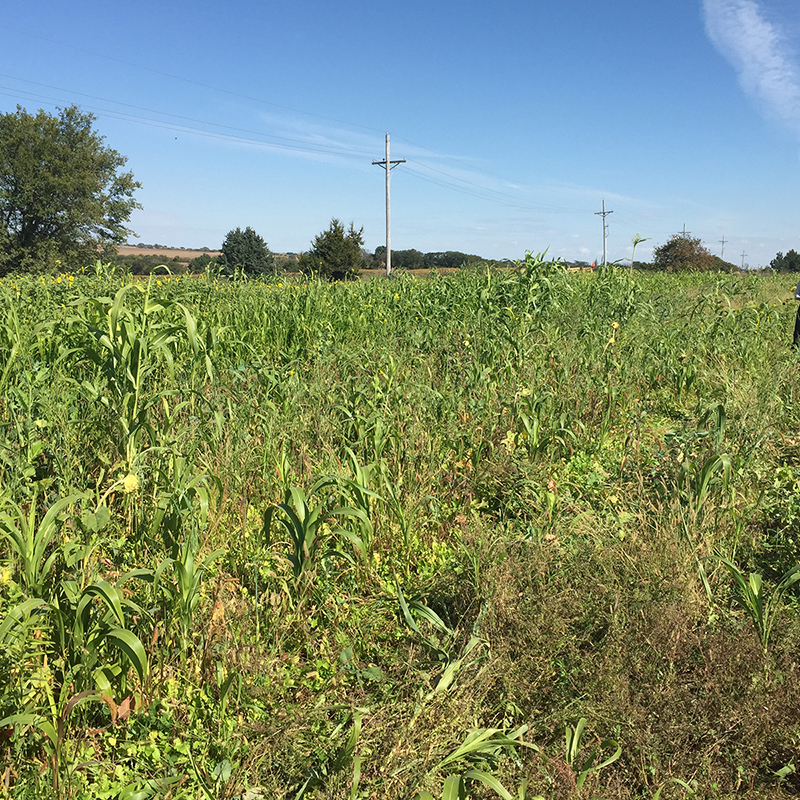By Jay Parsons
Farm and Ranch Management Specialist
Annual Forage Insurance coverage is available in Nebraska for annual forage plants seeded for use as livestock feed or fodder. This includes, but is not limited to, plants seeded for grazing, haying, grazing/haying, grain/grazing, green chop, grazing/green chop, or silage.

Figure 1. A fall cover crop planted for grazing use just east of Lincoln.
The sign-up/sales deadline is July 15 for coverage on fall-planted forage (planted between July 15 and November 15) with coverage available for a growing season from September 1 to March 31. The acreage reporting deadline is November 15 so a producer has until then to report actual planted acreage upon which coverage will apply.
Annual Forage Insurance is also available for a spring growing season from March 1 to September 30 for forage planted between December 15 and July 15. The sign-up/sales deadline for this coverage is December 15. If you purchased an Annual Forage insurance plan last December, the acreage reporting deadline is July 15.
The Annual Forage Insurance Plan is based on the rainfall index data provided by the National Oceanic and Atmospheric Administration Climate Prediction Center (NOAA CPC). Producers can insure up to 90% of the Expected Grid Index across a series of two-month intervals. The Expected Grid Index represents the average precipitation data for the Grid ID in each interval. The grids are 0.25 degrees in latitude by 0.25 degrees in longitude. This translates to roughly 17 miles by 17 miles at the equator. Due to curvature of the earth, actual size will vary based on location. Each grid has an historic precipitation index calculated for it for each of the two-month intervals dating back to 1948.
Both irrigated and non-irrigated acres are insurable. Each county in Nebraska has a County Base Value determined by the Risk Management Agency (RMA) that represents its annual forage productive value regardless of production method. For example, the 2016 County Base Value for Cedar County is $157.56 per acre. A producer can attach liability coverage between 60% ($94.54 per acre) and 150% ($236.34 per acre) of the County Base Value depending upon their coverage needs.
Annual Forage Insurance Plan premium costs will vary depending upon the coverage selected. Producers interested in using the Plan are encouraged to access the decision support tool on the RMA website to explore various coverage options, premium costs and performance data based on historical rainfall indices. Premium costs are subsidized from 51% to 59% depending on coverage level selection. Catastrophic (CAT) coverage is also available.
Source:unl.edu